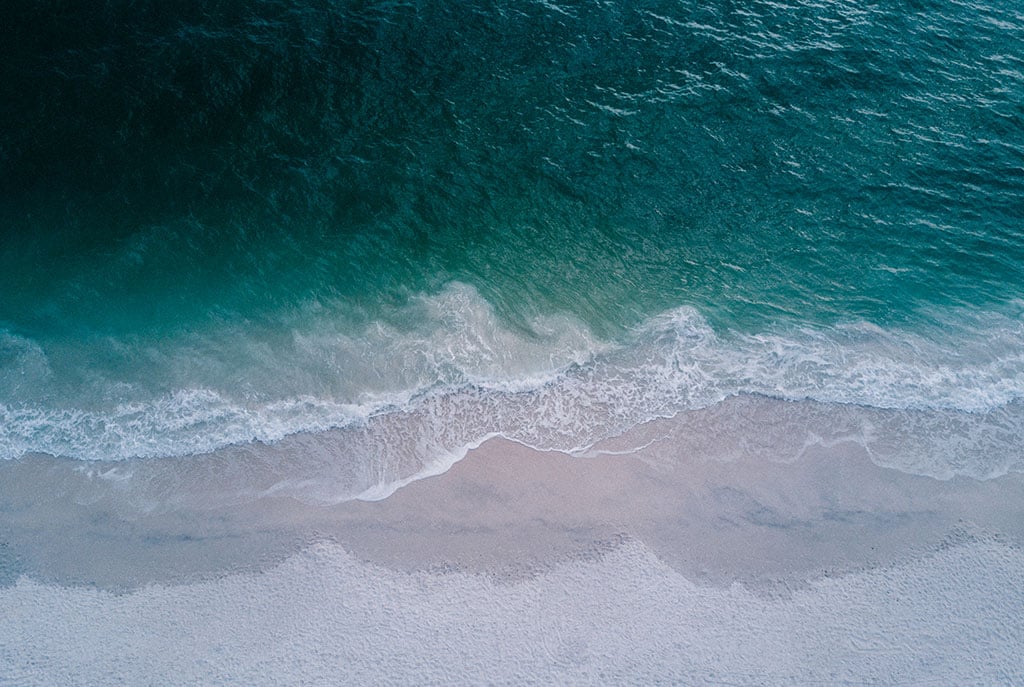The main reason for tides to occur is the influence of the gravitational force of the moon on the oceans and the attraction it creates between the moon and the Earth. Such attraction affects our planet by having everything pulled away from it, including us. Yet gravity keeps most things to the ground, with the exception of water, which is in constant movement and thus free to distort, creating bulges in the direction of the moon – known as high tides – as well as ebbing once the moon moves away and its gravitational pull becomes less intense.
Around 300 B.C., Greek sailors and astronomer Pytheas were the first to identify a connection between the position of the moon and the phenomena of tides. However, it was only after observations made by Isaac Newton that a complete understanding of these events was achieved. Since then, it is known that the main reason for tides to occur is the intensity with which the gravitational force of the moon acts on the oceans.
These very gravitational forces also influence – to a much smaller extent – large lakes, the atmosphere, and the crust of the Earth, even if we can’t actually feel it. Despite depending on an array of variables to establish their features, tides are mostly affected by the attraction that exists between the Earth and the moon – which resembles that of magnets. Such magnetism happens in both directions but in the case of our planet, the moon tries to pull everything away from the Earth, towards its own core, including us. However, the planet’s gravitational force is able to hold most things to the ground – except water. As it is always free to move and distort when under the influence of different forces, the fluidness of the Earth’s waters allows for the oceans to bulge out in the direction of the moon; and ebb down to their minimum level once the gravitational pull lessens.
Hence, the moon’s (and the sun’s) position in relation to Earth determines how the level of the sea – as well as other bodies of water – behaves. Because of that, throughout the course of a lunar day (24 hours and 50 minutes), coastal areas all over the world experience high tides and low tides, which usually happen in gaps of 6 hours and 12 minutes between them.

Ryan is the founder of Tideschart.com. Originally from New Zealand, Ryan has traveled to more than 20 countries and has combined more than 10 years of development experience with his passion for the ocean.






